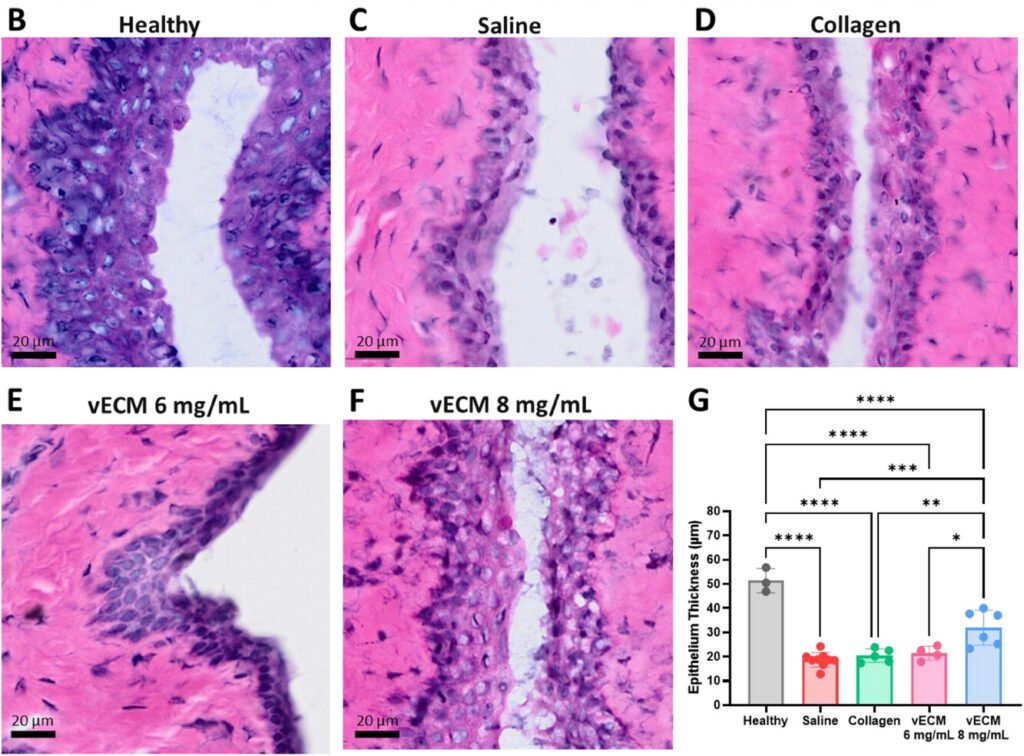A new study from the University of California, San Diego introduces a non-hormonal hydrogel that may help reverse vaginal tissue damage caused by menopause. Designed specifically for intravaginal use, the biomaterial could offer a safer and more accessible alternative to estrogen-based therapies, which many women avoid due to cost, side effects, or cancer concerns.
Genitourinary syndrome of menopause (GSM) affects up to 85 percent of women over 40, often causing vaginal dryness, pain, and inflammation. These symptoms interfere with sleep, sexual activity, exercise, and overall quality of life. Despite the prevalence of GSM, nearly two-thirds of affected women report dissatisfaction with current treatments.
The UC San Diego team, led by bioengineer Karen Christman and gynecologist Marianna Alperin, developed the hydrogel using extracellular matrix proteins that mimic the body’s natural tissue scaffolding. This approach builds on previous work where similar hydrogels helped regenerate cardiac muscle after heart attacks.
In preclinical trials, researchers applied the hydrogel daily to vaginal tissues in menopausal rats. After 14 days, treated tissues showed increased smooth muscle thickness, improved stem cell activity, and reduced inflammation. The hydrogel penetrated beyond the surface layer into deeper muscle tissue, triggering a repair response from macrophages, the immune cells responsible for healing.
Importantly, no adverse effects were observed during the study. The higher concentration of hydrogel (8 milligrams per milliliter) produced stronger results, suggesting dose-dependent benefits. Researchers now plan to test longer treatment durations and less frequent dosing schedules to optimize clinical use.
While not intended to replace estrogen therapy, the hydrogel could serve as an alternative for patients who cannot or choose not to use hormone-based treatments. It may also complement existing therapies by targeting deeper tissue layers that estrogen alone does not affect.
Article from UCSD: Non-hormonal Biomaterial Could Help Combat Vaginal Changes Associated with Menopause
Abstract in Advanced Materials: Development of a Vaginal Extracellular Matrix Hydrogel for Combating Genitourinary Syndrome of Menopause

